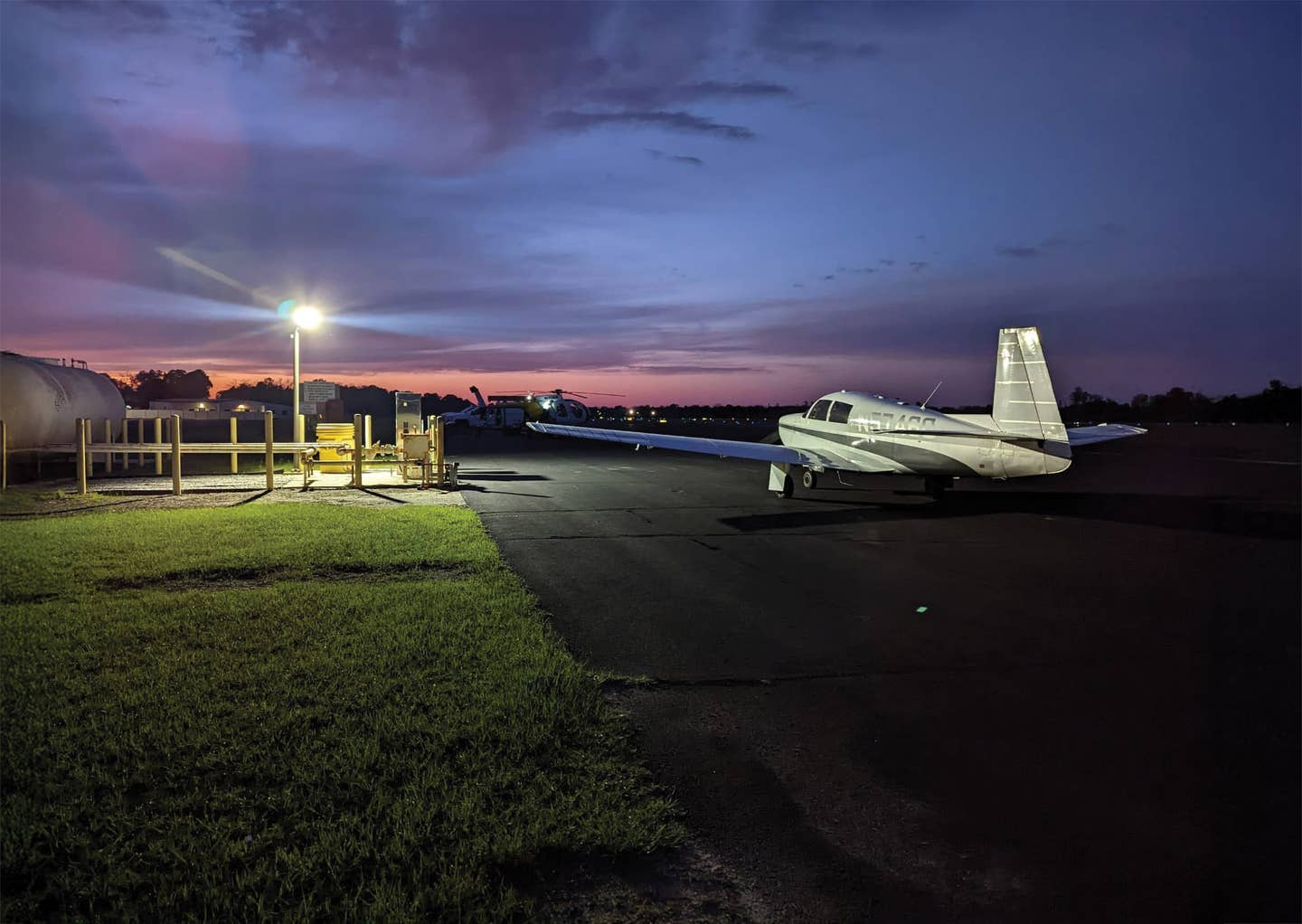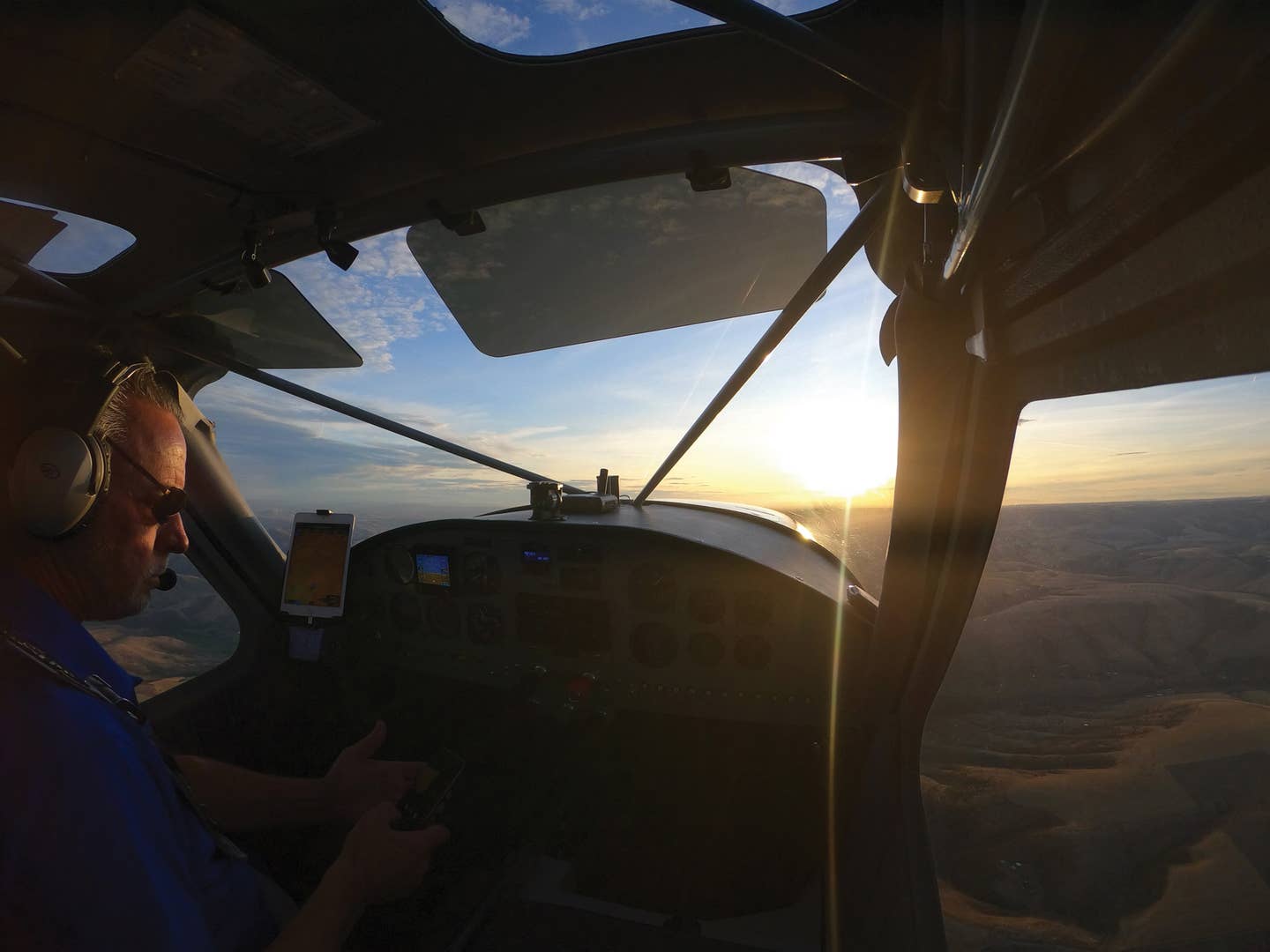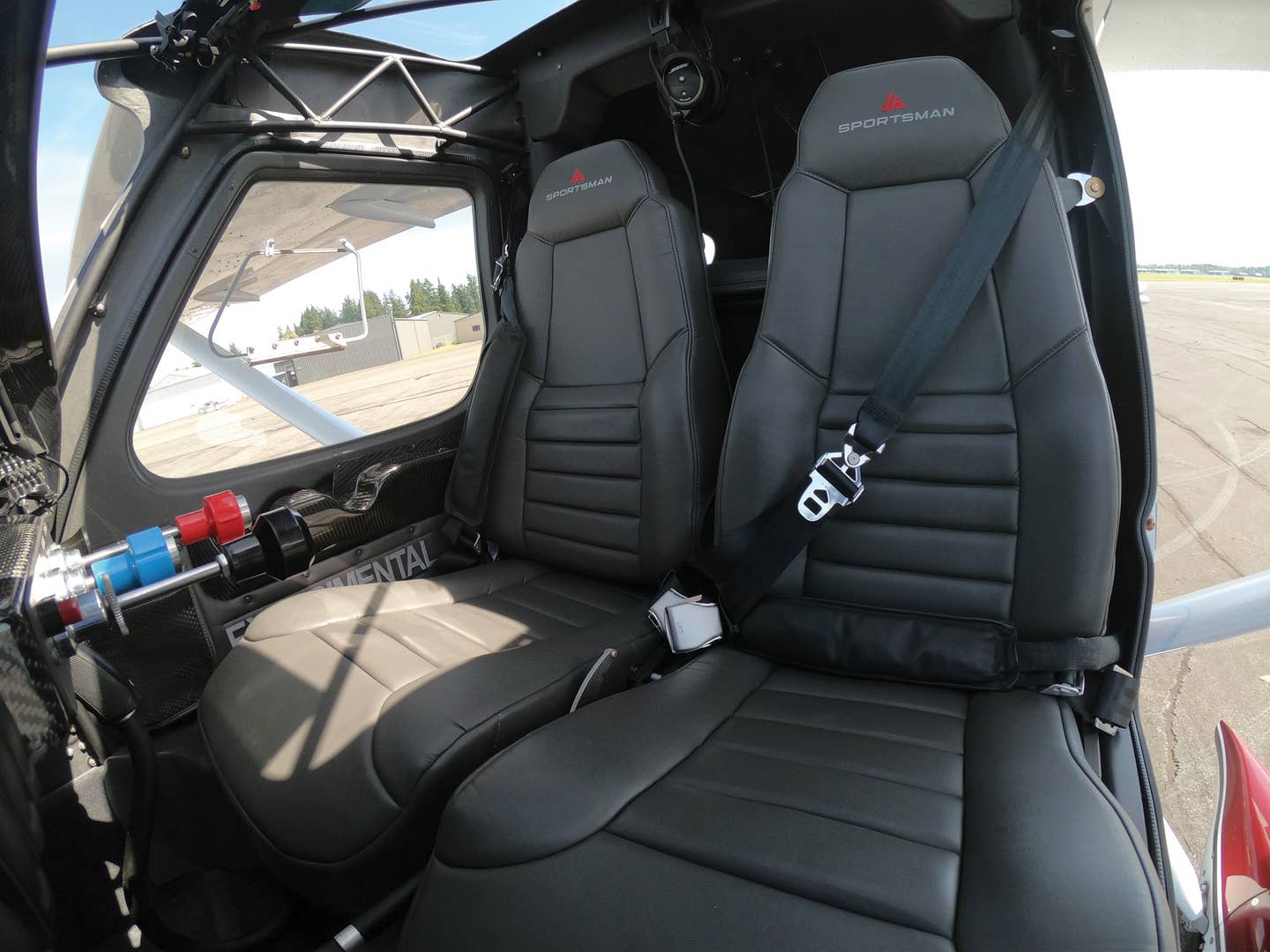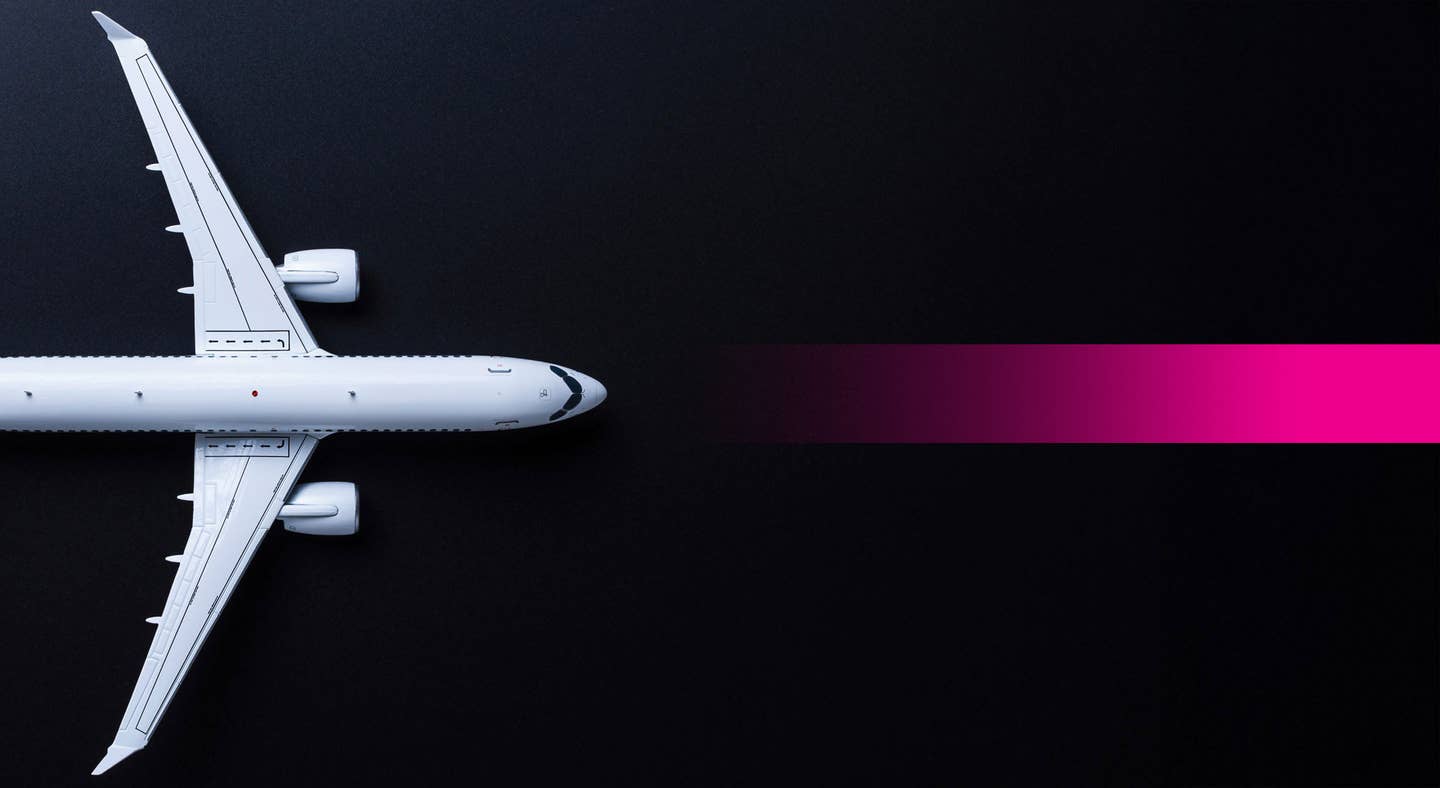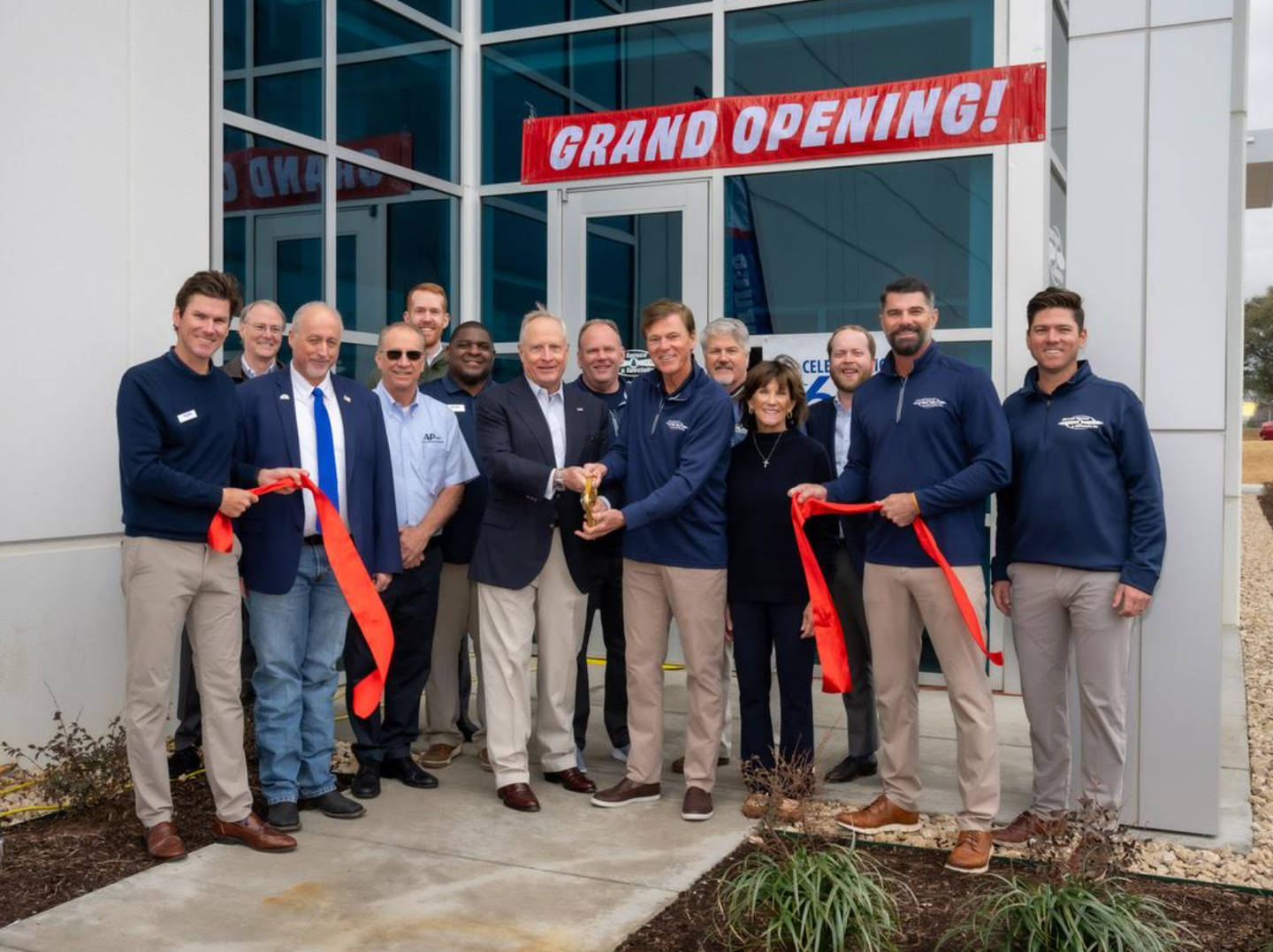How to Prepare for Your First Check Ride
Passing your hands-on flight test is both a thrilling experience and quite a relief.
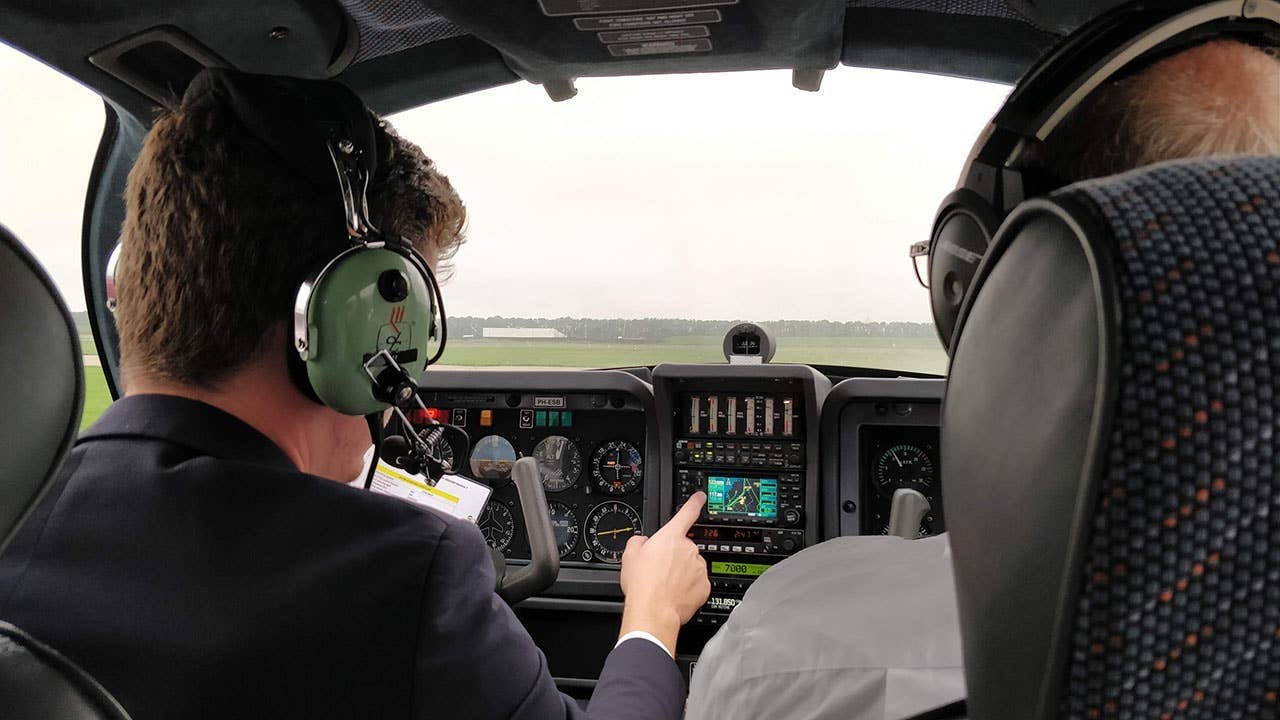
Remember, the reason for check rides is to ensure your safety and effectiveness. [File photo]
Your first check ride is a big day. It is the first time you will step into the cockpit and demonstrate to your examiner, the FAA, and yourself that you’re ready to safely and competently operate as a private pilot.
If you’ve put in the time to study, practiced your maneuvers thoroughly, and developed the right mindset, you’ll be well on your way to a successful outcome.
As with any other check ride, this will be a nervous day. Even so, with the right preparation, you can tackle it with confidence.
The Importance of Your First Check Ride
Passing your private pilot check ride signals that you’re competent to fly independently and carry passengers safely. These are significant responsibilities that require a high degree of skill and knowledge to execute safely and responsibly. Passing is a huge accomplishment and will certainly remain a vivid memory for the rest of your life.
The nerves you feel leading up to the test are completely normal. Even highly experienced aviators—your examiner included—were anxious before their check rides, too. Remember that the examiner wants you to succeed and see a confident, knowledgeable pilot take to the skies. Their role is to ensure you meet the FAA standards set out in the Airman Certification Standards (ACS), so your best strategy is to show that you understand these standards and can apply them in real flight conditions.
Laying the Groundwork Through Study, Practice, and Review
The ACS is your study blueprint, outlining every knowledge area and flight task you’ll be expected to demonstrate. It’s organized into areas of operation, including preflight preparation, airport operations, and cross-country flight planning. Each area further details the specific skills and knowledge you need to exhibit. While the ACS is a meaty document, a high degree of familiarity with it is the best way to keep yourself from getting blindsided on check ride day.
Thorough ground school and consistent self-study underpin your success. Take time to understand relevant Federal Aviation Regulations (FARs), especially those explicitly referenced in the ACS. Each task in the ACS includes a "Reference" section, which lists which FARs and other FAA resources a candidate should be familiar with. These serve as your answer key. Since you can bring FAA documents with you on check ride day, it’s a good idea to make tabs in all documents the ACS references so you can quickly find those resources in a pinch, should you need them.
Knowledge areas and tasks included in the ACS include weather theory, airspace, aeronautical charts, aircraft performance, and emergency procedures, to name just a few. In addition to the references listed in the ACS, many student pilots find it helpful to reference multiple learning platforms that might be more suitable for their learning style. These might include books, online classes, practice tests, and flash cards that break down complicated topics into digestible chunks.
Your flight training with your instructor should give you ample experience with the maneuvers you’ll have to demonstrate, such as takeoffs and landings (both normal and short field), slow flight, stalls, emergency procedures, and cross-country navigation. Take the time you need, and don’t feel rushed as you train. When you approach your check ride, these tasks should feel second nature.
Still, it’s common to have weak spots, so it’s essential to communicate with your instructor about areas that need more attention. Some pilots discover they need extra practice with performance landings or more time mastering VOR navigation, for instance. Others might recognize a gap in their weather planning knowledge when discussing how to read a METAR. Studying with online courses or reading through good study guides can help shore up any deficiencies before the big day.
Conquering the oral exam
The oral portion of the check ride can sometimes feel more intimidating than the flying itself. After all, sitting in a room under the examiner’s gaze can cause anxiety, especially if you’re not sure what types of questions to expect (though again, it's all in the ACS).
The conversation generally begins with a review of your logbook and documents, which should be organized and complete. The examiner will want to verify that you have the proper endorsements, have met the flight time requirements for the certificate, and hold a valid medical certificate. Spend some time reviewing your endorsements and documents with your instructor beforehand to ensure everything is in order, as it is not uncommon for check rides to end before they even begin due to improper documentation.
Once formalities are out of the way, expect the examiner to explore a range of topics, usually essentially in the order they are laid out in the ACS. These will include conversations on airspace rules, aircraft systems, aerodynamics, and weather interpretation. Remember that this is not a simple quiz. Be ready to explain how you would handle various in-flight scenarios, like a sudden weather change or an unexpected equipment failure. Be able to explain the “why” behind a right answer.
If something is unclear, don’t hesitate to ask for clarification. When (yes, not if, but when) you do not have a good answer, show that you know how to find an answer. Bring and reference regulations or aircraft manuals. Being able to admit you do not know everything but showing that you are able to find the information you need is often seen as a strong indicator of good decision making. Once you give an answer, give it with confidence and be ready to defend it.
Acing the practical test
When the oral exam is behind you, the practical flight test portion of the check ride begins. Before you take off, be sure you’ve gathered all necessary documents, completed a thorough weather briefing, and performed a meticulous preflight inspection. It is up to you to make a “go-no-go” decision, so make a wise one.
Base this decision on your personal minimums, and consider lowering those minimums a bit for check ride day. The last thing you want is to be fighting a nasty crosswind while demonstrating a challenging performance landing to your examiner, for instance.
But beyond that, the examiner wants to see how you handle real-world piloting tasks, so focus on safety and standard operating procedures. A calm, methodical approach to everything you do will go a long way toward showing your readiness to act as pilot in command (PIC).
Once in the air, you’ll be asked to demonstrate various maneuvers. Again, these are all laid out clearly in the ACS, so in addition to practicing with your instructor, read through the ACS to ensure nothing on check ride day comes as a surprise. Eliminating surprises is the best way to manage your stress, so simply stick to your training, follow your checklists, and verbalize what you’re doing.
Maintain active control of your aircraft, and always remember that you are PIC for the flight. That means that you are responsible for making good decisions, even if the examiner appears to pressure you to make poor ones. During my first check ride, for example, my examiner repeatedly asked me to hurry up during our preflight inspection and engine run-up, citing an important scheduling conflict he had. Whether he had any such conflict, I do not know, but each time he said something about it, I told him that safety was my first priority, and I refused to rush safety.
Trust the training you’ve invested in, and remember that corrections are allowed. If you drift off altitude or heading, calmly but promptly fix the mistake and move on. While they cannot overlook major or uncorrected mistakes, examiners generally look for consistent, safe decision making rather than flawless perfection.
Post-Check Ride Debrief and Next Steps
Passing your check ride is a thrilling experience, and after the inevitable nerves that come with the day, it is quite a relief. Once you land and park the aircraft, shut down the aircraft properly and disembark.
The examiner will typically conduct a debrief at this point. Listen closely, because this is your examiner’s chance to teach you something. Even if you performed well, you are still a very new pilot, and there are certainly many ways for you to grow. Take notes during this debrief and thank your examiner for their time and insights.
If you pass the check ride, you’ll receive a temporary pilot certificate, which you can show off to your friends and family. This is also a wonderful moment to treat yourself to a fun piece of pilot gear to commemorate the occasion, like a sleek aviation watch or custom plane tag. Some new private pilots also treat themselves to a new headset (like I did) or a pair of sunglasses for those bright days in the cockpit.
For those who don’t pass on the first attempt, it’s important to remember that this is not the end of your aviation dream. Plenty of exceptional pilots have had to retake a portion of the check ride. The examiner will explain why they couldn’t pass you at this time, and you’ll know exactly which areas need more focus.
Work with your instructor to address those gaps, schedule some additional training, and set up another test date. You only retake the portions you did not pass, so the entire check ride doesn’t need to be repeated. Keep a positive outlook and treat the temporary setback as another step in your learning process.
Beyond the First Check Ride
Your first successful check ride marks the end of your first chapter in aviation. Keep your knowledge fresh with courses, reading, safety seminars, and additional training.
Consider pursuing advanced ratings or endorsements. Many private pilots move on to get an instrument rating to enhance their ability to fly in varied weather conditions, or something fun like a tailwheel endorsement to get experience in a new kind of aircraft. There’s a vast world to explore: multiengine certificates, high-performance or complex aircraft endorsements, seaplane ratings, and more.
For now, though, enjoy that brand-new certificate. Make smart decisions, fly safely, and have fun. It’s a major lifetime milestone for most pilots, so take time to take some bucket list flights and share the skies with those you love and have supported your journey.
FAQ
What is the most commonly failed check ride?
The instrument rating check ride is often considered one of the more challenging evaluations due to the precision required for flying without visual references. However, the private pilot check ride can also have a notable failure rate simply because it’s the first exam most student pilots attempt.
What percentage of pilots pass the check ride?
The pass rate for the private pilot check ride typically hovers around 70 percent to 80 percent, though the exact figure can vary from year to year.
Are FAA check rides hard?
FAA check rides are designed to ensure pilots meet established safety and proficiency standards, so they are certainly thorough. Whether you find them “hard” depends largely on how prepared you are.
What do I need to study for my PPL check ride?
Focus on the Airman Certification Standards for private pilots. Make sure you thoroughly understand the relevant Federal Aviation Regulations, especially those mentioned explicitly in the ACS.
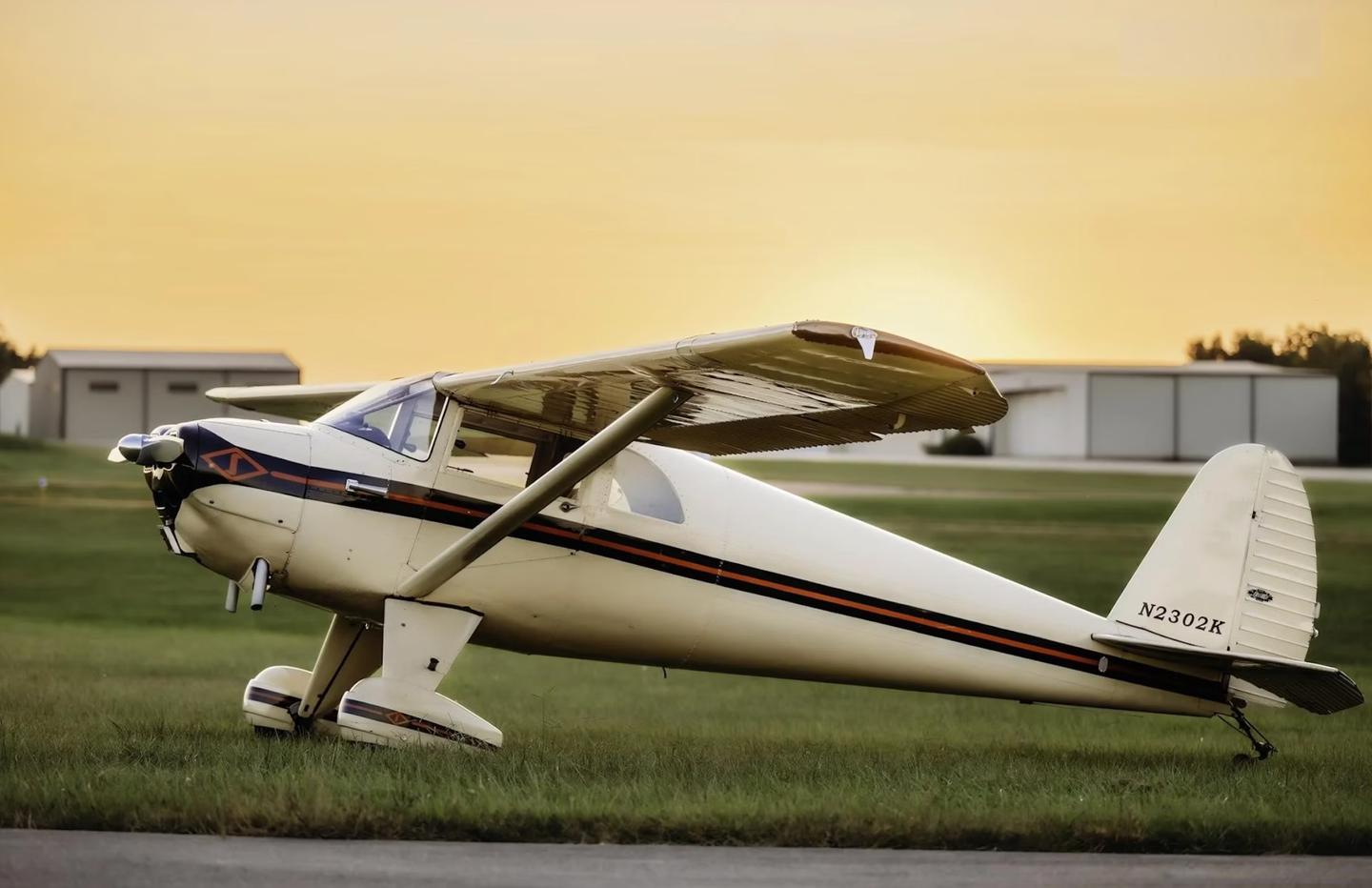
Subscribe to Our Newsletter
Get the latest Plane & Pilot Magazine stories delivered directly to your inbox

